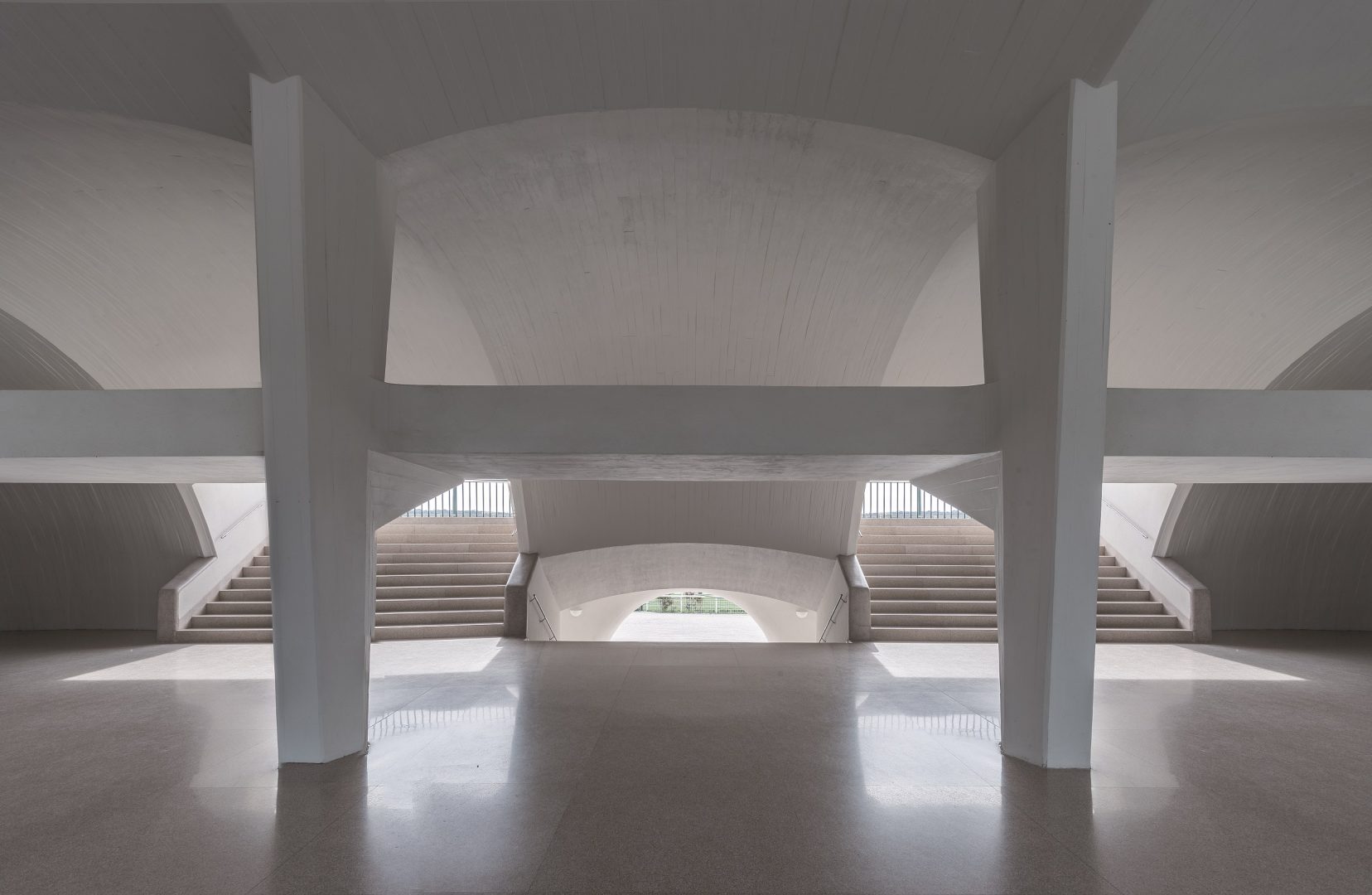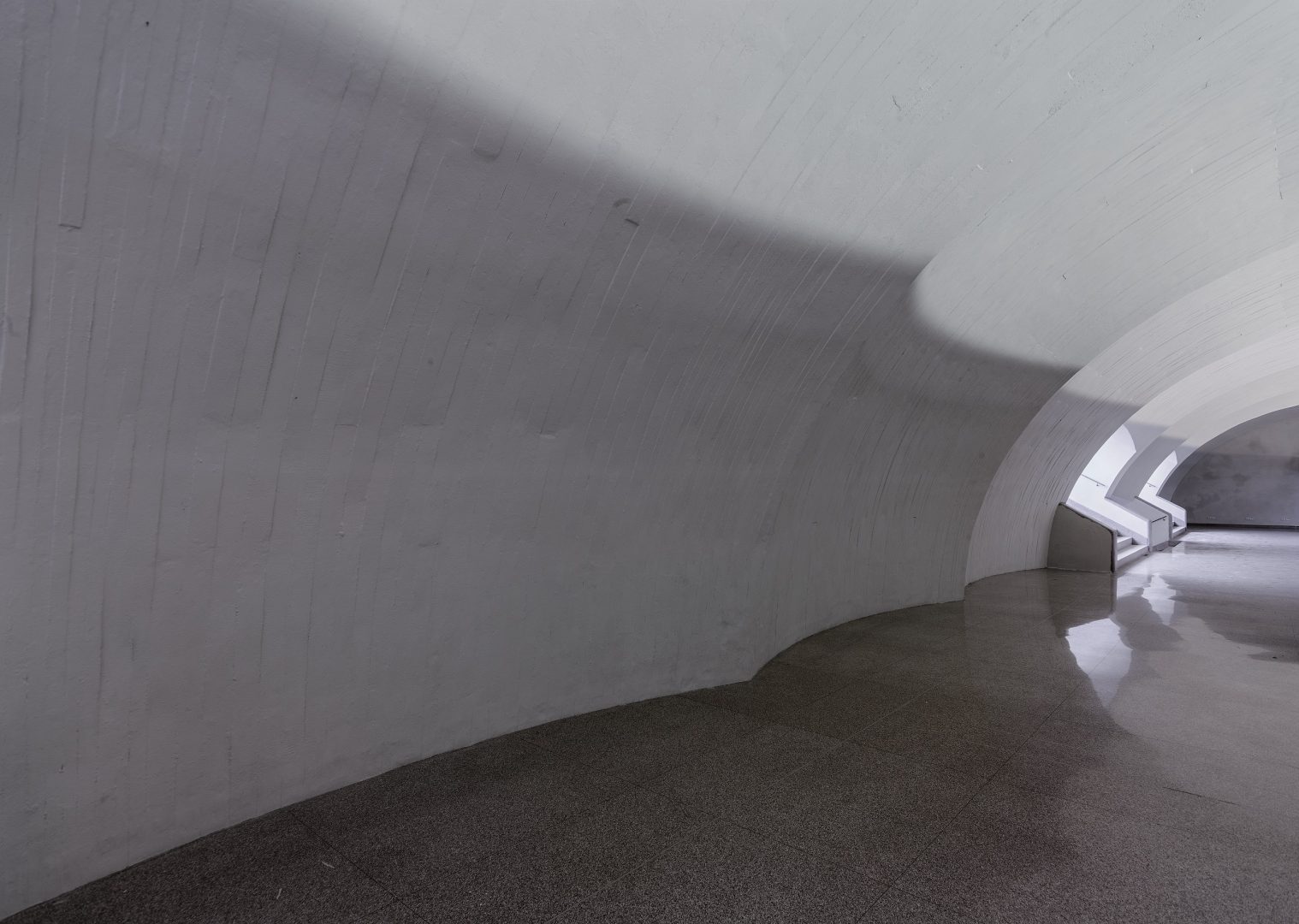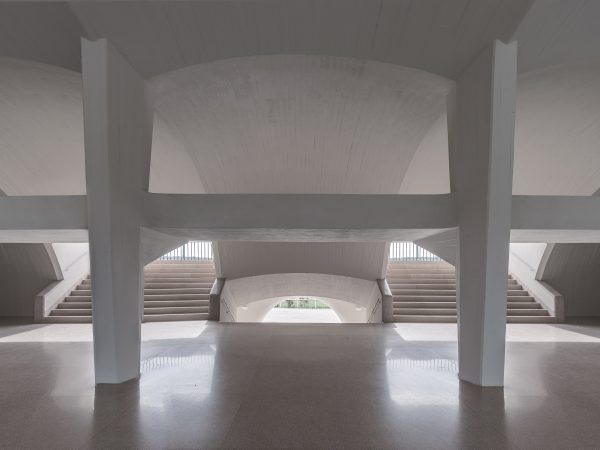Lightly balanced concrete
Madrid, Spain
Lorem ipsumConcrete is a solid, heavy, resistant element. It seems destined to be rooted in the ground. And yet, it can fly. Of course, it takes an exceptional mind to figure out how first. Eduardo Torroja Miret was one such mind.
He worked tirelessly, testing all the possibilities that every construction material had to offer. That was how he transformed the Hipódromo de la Zarzuela, a racetrack in Madrid, into an icon of twentieth-century engineering.
The year was 1935 when ground was broken for the building. Construction was completed years later by Agroman, now Ferrovial Construction; it would end up shaping the grandstand without columns in Spain. Inspired by Milan’s San Siro Hippodrome, Torroja Miret devised a grandstand that was protected from the sun and rain by a concrete roof that seemed to float in the air without the need for supports.




After going through a few ideas, the engineer ended up moving away from conventional designs and shaped the roof with cylindrical sheets of concrete distributed in a hyperbolic hyperboloid shape. However, complex the calculations were, however groundbreaking the design was, the result is a simplicity and aesthetic balance that still surprises anyone who comes across it today.
The rest of the building seems designed to support the stands and the roof. The racecourse’s other facilities are housed in the supporting structure. There’s an open gallery on the upper floor of the building that hides a slab that is actually a counterweight that’s essential for supporting the canopy’s cantilever.
“The best work is supported by its own form.” Eduardo Torroja Miret supposedly used to say that all the time. The phrase seems simple enough, but these words are still the basis of the engineering that has allowed human beings to defy the laws of gravity – and concrete to take flight.

The Racecourse, Madrid (Spain)
- Spain
